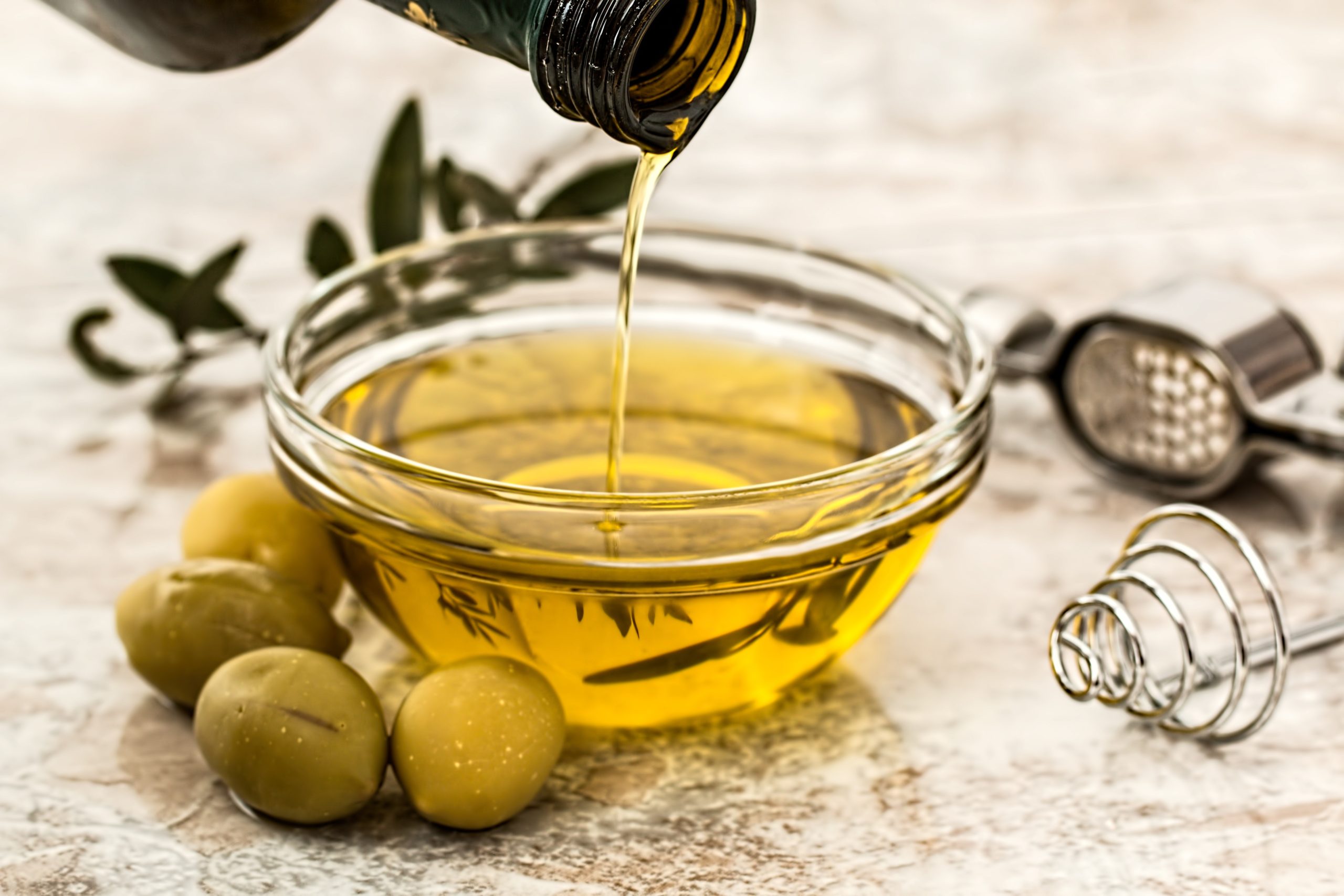Fat is a macronutrient our body needs to function. We can consume through foods, burn stored fat, or make it in the liver. Broken down in the small intestine and helps the body absorb vitamins A, E, D, and K. Fats are essential for brain function. When glucose runs out, our body uses fat for energy. This is the case, especially in the keto diet. Since the keto diet has a very minimal carbohydrate intake, the body uses fat instead of sugar for energy.
Now that you have an idea of how important fats can be for our body’s functioning, I’d like to help you identify what to look for when choosing which oils are healthier for consumption. Although oils are not the only way to consume fat, they are one of the most common ways we consume this macronutrient daily.
When purchasing oil, there are a number of factors to take into consideration. I do want to mention that although some oils have health benefits, deep frying or frying foods, even in these oils, should not be a common cooking method at home. Fried foods go through a process that changes the nutritional value, increasing the calories of that food by 200 calories. What this means, is that a baked food item containing 150 calories, after frying, it is now 350 calories. Just so that you have an idea of how difficult this is to burn, it takes 15-20 minutes running on a treadmill to burn 150 calories, you do the math.
There are 3 main factors to look for when buying oils:
- Smoke point: The smoke point determines how quickly the oil oxidizes. When looking for oil, the best option is the one that is the most stable. The more stable the oil, the higher the smoke point. Although all oils oxidize after reaching 450F, oils with a higher smoke point, take longer to react with oxygen, and release free radicals. Free radicals have been linked to aging and a myriad of chronic diseases.
- Fat Profile:
- Not Recommended due to causing an increase in bad cholesterol and may lead to health issues. Not recommended fats are usually solid at room temperature
- Saturated fats: This is the type of fat we find in meats and milk products.
- Trans Fat: Found in oils that undergo partial hydrogenation (hydrogen is added to vegetable oil). This process increases shelf life and flavor. Used in restaurants because they are inexpensive and last a long time. Used over and over to fry which makes this type of fat the worse to consume.
- Recommended: Found in a variety of foods and oils, can help to improve blood cholesterol. Usually liquid at room temperature.
- Monounsaturated Fatty Acids: Found in avocado oil, olive oil, and nuts. Linked to a lower rate of heart disease when consumed instead of saturated and trans-fat.
- Polyunsaturated Fatty Acids (PUFAs): Also known as omega-3 and omega-6.
- Omega 3:6 ratio: The recommended ratio is 4:1 but the lower the ratio, the better. A higher ration has shown to promote inflammation which may lead to heart disease and other chronic diseases. Some examples of high omega 3 fatty acids foods are fish, spinach, and flax seeds.
Now that we know what to look for, I’d like to share my personal recommendations based on the above:
Avocado oil: This is my personal favorite. It is great to cook! The smoke point of avocado oil is 460F. The fat profile of avocado oil is 70% monounsaturated (similar to olive oil), 12% saturated fat, and 13% PUFAs. Avocado oil can help to reduce bad cholesterol, increase good cholesterol, and overall increase heart health. It has a high amount of lutein which is an antioxidant that increases eye health, reduces the risk of cataracts and macular degeneration. Adding avocado oil to a salad with carrots, spinach, and lettuce helps to increase the absorption of carotenoids. Use 6-8 months after opening. I purchase my avocado oil at Costco, I found they have the best price.
Virgin Olive Oil: No, it is not a typo, I select virgin instead of extra virgin 9 out of 10 times. My reasoning behind it is that virgin olive oil has a higher smoke point at 450F, extra virgin olive oil has a smoke point at 300F. I like to go with the highest smoke point option because more often than not, I use oil to cook. Fat profile of virgin olive oil consists of 14% saturated, 11% PUFAs, and 73% monounsaturated. Olive oil has a high number of antioxidants which has linked to a lower risk of chronic diseases, inflammation and may reduce the risk of heart disease. Olive oil is high in vitamins a and k. It may be used is in salads and for cooking. Always look at the label carefully to the list of ingredients. Use within 1-3 months after opening.
Canola oil: This is a more affordable option with a high smoke point 400F. The fat profile of canola oil consists of 10% saturated, 60% monounsaturated, and 30% PUFAs. It may be part of a healthy diet, high in omega 3. You may use it to cook or consume raw. It can last up to 1 year after opening.
As you can see, there is a healthy option for every budget and palate. It is so important to know about what we consume, especially when it comes to pantry staples like oils. The best part is, you do not need to read a long article or spend hours researching every time you go to the store, do it once and you are all set.
Take care of your body, stay healthy and happy!
xoxo, Ari.
Pantry Staples: Cooking Oil









+ There are no comments
Add yours